Ciconiiformes storks herons egrets spoonbills
Ciconiiformes storks herons egrets spoonbills
Ciconiiformes storks herons egrets spoonbills
Introduction
These birds are not so easy to identify, they ususally have long neck and legs, and usually like water. If you find one of theses injured beware to hold it, even the smallest ones can make very ugly damage to you, because of their strong beaks and long neck. One can easily lost eyesight if don’t care about enough. Even some skilled birders ended up in a hospital, when holded this birds in the ringing station with not enough attention.
________________________________________________
Little egret
Quite common in Hungary. Very easily can be even seen between the people in the beach at Lake Balaton or Lake Tisza. The main difference compare to the Great egret is the size and the little egret has black beak, while the Great egret has orange beak. The size of the Little egret is approximately half of the size of the Great egret.

Little egret Kis kócsag Egretta garzetta
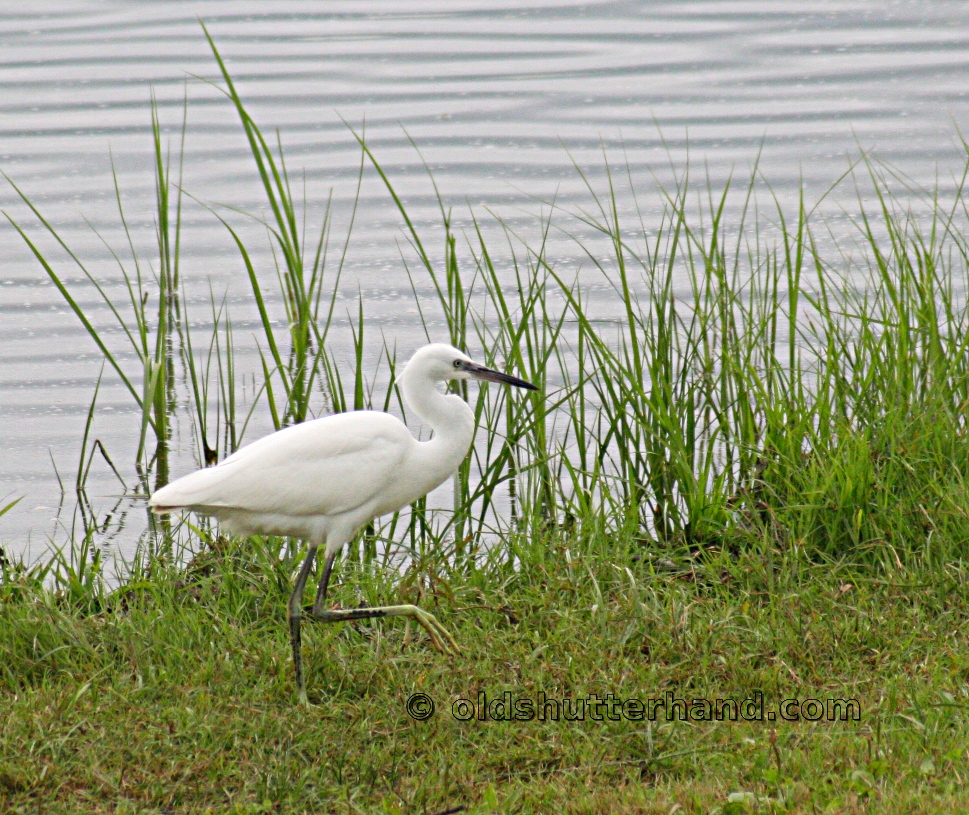
Great egret
Very common bird in Hungary. Before the 50’s this bird was very rare in Hungary, but after something happened. Now can be seen next to lakes, and even meadows next to high traffic roads.
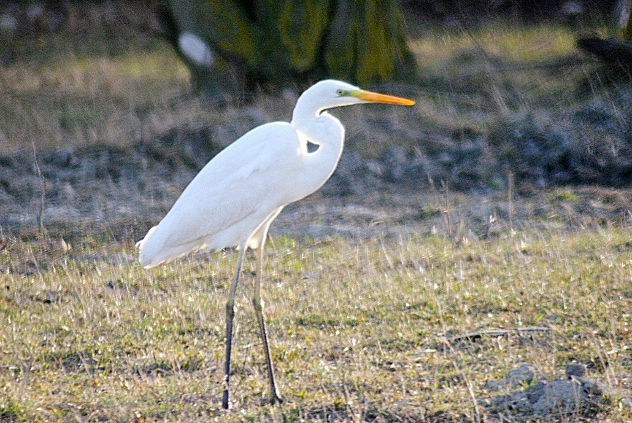
Great Egret Nagy kócsag Ardea alba
Purple heron
The purple heron likes the lakes with thick reeds. The purple heron can be seen several places in Hungary Lake Tisza for example. Not so easy to find as the Grey heron or the Great egret, because usually hiding in the deep reeds, not fishing outside of the reeds like the Grey heron.
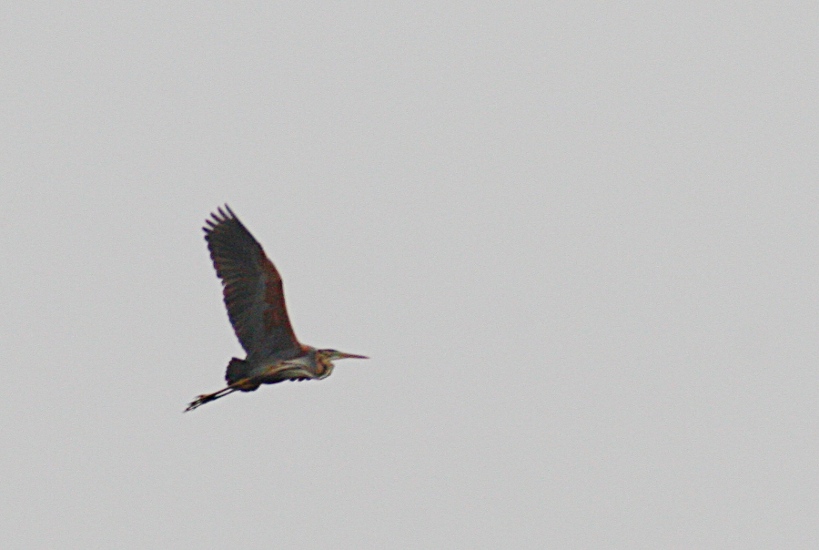
Purple heron Vörös gém Ardea Purpurea
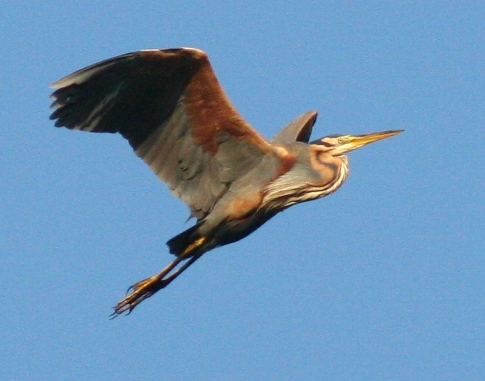
White stork
The white stork is a very interesting bird. In Hungary almost all white stork are nesting in the human settlements, usually on electric poles next to main roads. The white stork seem doesn’t have any problem with the people at all at their nests. One can approach the stork with the camera, and makes photographs until midnight, without disturbing the bird. The huge birds above the Hungarian villages are looks quite nice while flying. Hungarian people quite connected to white storks, there is a saying that the storks brings the children to the family. In Hortobagy Nagyivan is the place where we count 16 nests in a 1.5km asphalt road. On the meadow the stork doesn’t let the people approach so much, but not so shy as the herons or egrets for example.
White stork Ciconia ciconia
Little bittern
The little bittern is a funny bird, quite common even in the reeds of Lake Balaton beaches can be seen, as it is flies from one place to another. The female is brown, the male is black-yellow.

Little bittern
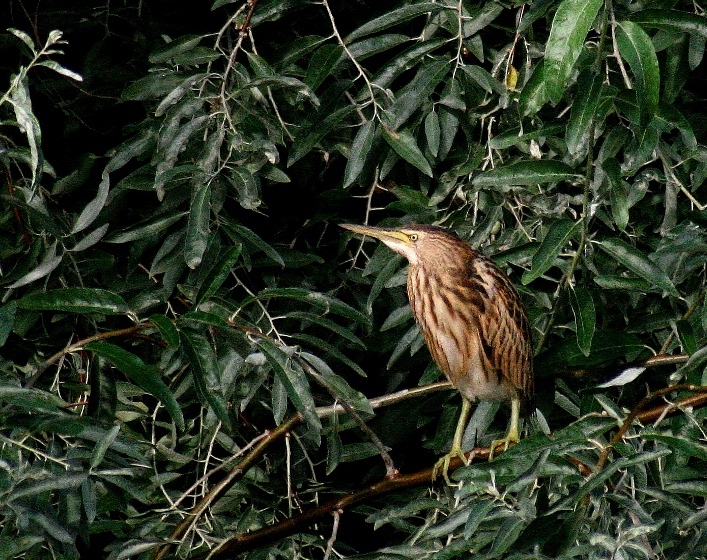
Little bittern Lxobrychus minutus
Squacco heron
The Squacco heron is a rare bird in Hungary. Some places are quite common, especially th East part of the country, but not everywhere.
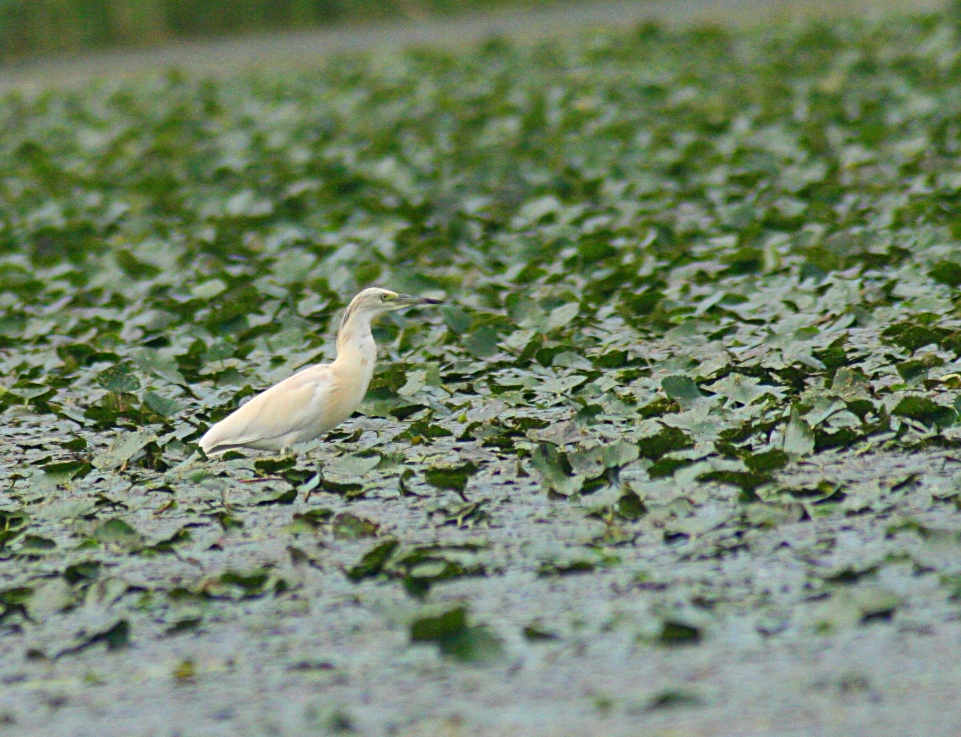
Squacco heron Ardea ralloides
Black stork
The black stork unlike it’s white “cousin”is quite a shy bird. Not easy to see a black stork. The black stork prefers the finest places, natural reserves like the Gemenc forest, Tisza flood forests where not many people appear. They place their nests usually in the forest, but even a little disturbance shy them away even from the nest. So better not disturb them in breeding season.
Black stork Ciconia nigra
Grey heron
The Grey heron is quite common bird in Hungary. Can be find next to lots of Lakes, or canals, but not everywhere.
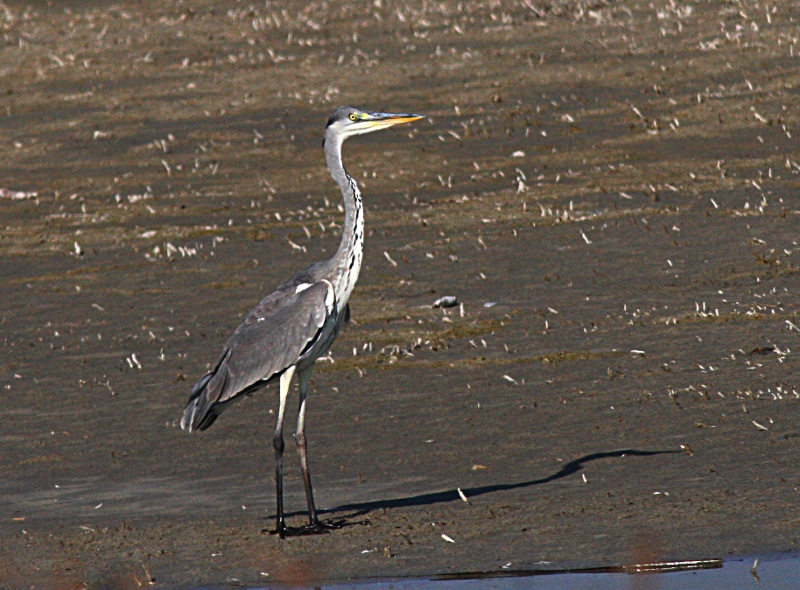
Grey heron Ardea cinearea
Bittern
The Bittern is not a small bird: 70-80cm long and has a wingspan of 125-135 cm, usually seem smaller. The Bittern is a migratory bird. The Bittern is a very interesting bird, very hard to see because it is always in the reeds, and almost always hiding. It’s interesting voice is much more easy to hear, but even hearing doesn’t mean you can see the bird. Sometimes you can see it is moving between the reeds, but where hard to see actually the bird. The little bittern for comparison where easy to see because it is flying all the time out of the reeds and back.
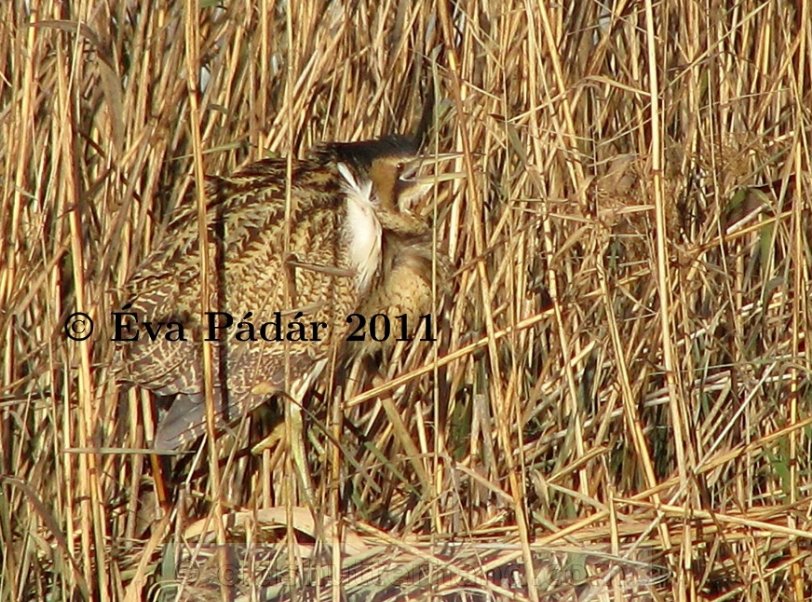
Bittern Botaurus stellaris